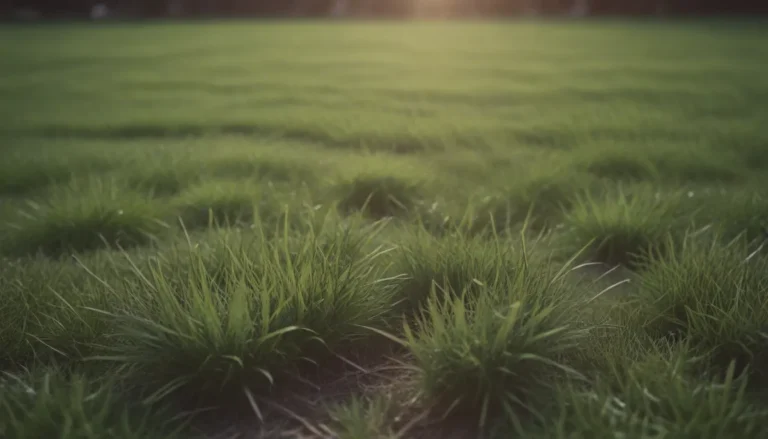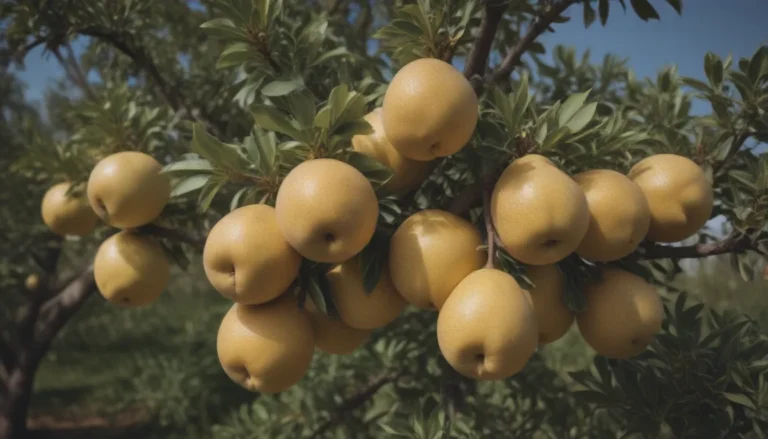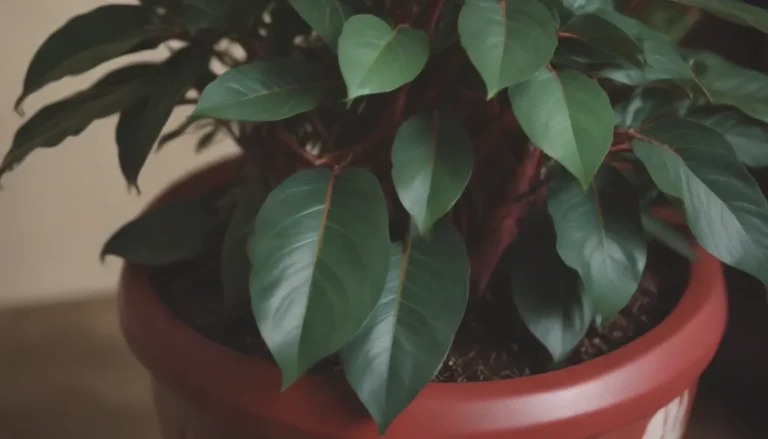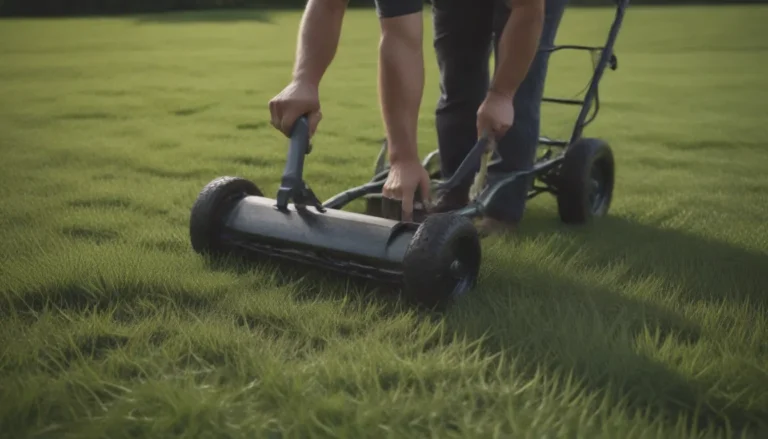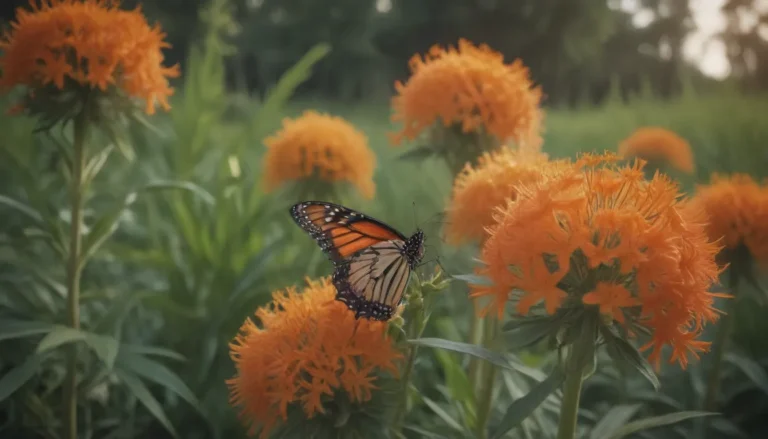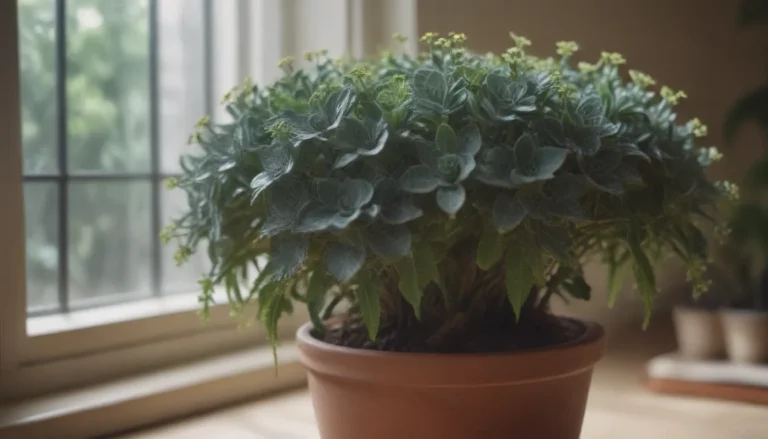The Ultimate Guide to Flowering Ground Covers: 19 Beautiful Options for Your Landscape
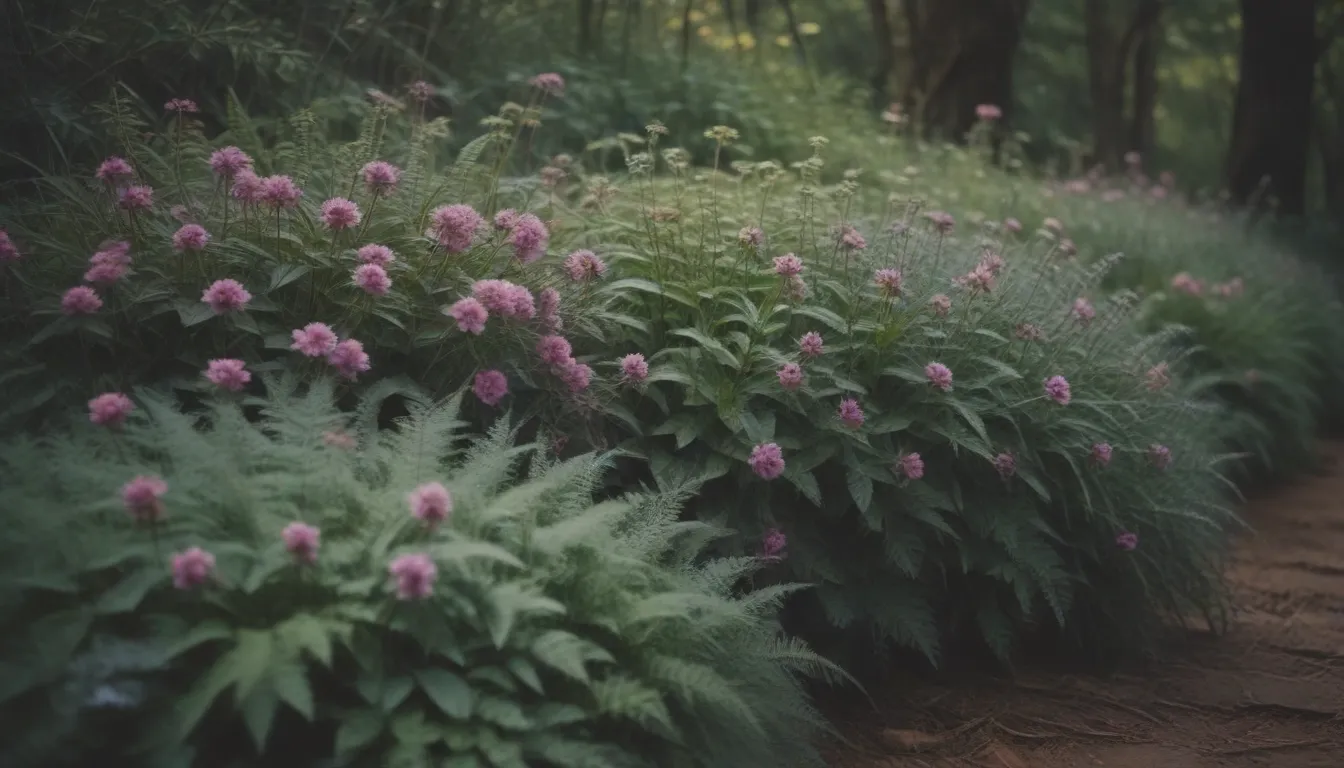
Are you looking to add beauty and functionality to your yard? Flowering ground covers might just be the solution you’ve been searching for! These plants not only bring a pop of color to your landscape but also help fight weeds and control erosion. Whether you have a problem area that needs covering or simply want to enhance the visual appeal of your garden, flowering ground covers are an excellent choice.
While many flowering ground covers bloom for a short period during the spring or summer, the best ones have attractive foliage that remains appealing throughout the growing season. In this comprehensive guide, we’ll explore 19 of the best flowering ground covers that can add charm and character to any landscape. From Creeping Phlox to Wild Violet, these plants are sure to make a statement in your garden.
Why Choose Flowering Ground Covers?
Flowering ground covers offer a range of benefits for your garden. Here are a few reasons why you might consider incorporating them into your landscape:
- Beauty: Flowering ground covers add vibrant color and visual interest to your yard, creating a lush and inviting environment.
- Weed Control: These plants help suppress weed growth, reducing the need for regular maintenance and keeping your garden looking neat and tidy.
- Erosion Control: Ground covers help prevent soil erosion, especially on steep slopes or areas prone to runoff.
- Low Maintenance: Once established, flowering ground covers require minimal care, making them a hassle-free option for busy gardeners.
Tips for Planting Flowering Ground Covers
Before you dive into planting your chosen flowering ground covers, here are a few tips to keep in mind:
- Choose the Right Plant: Select ground covers that are well-suited to your climate, sunlight exposure, and soil conditions.
- Prepare the Soil: Ensure the planting area is well-drained and free of weeds before planting your ground covers.
- Provide Adequate Water: While most ground covers are drought-tolerant once established, water newly planted ones regularly to help them establish roots.
- Mulch for Moisture: Apply a layer of mulch around your ground covers to help retain moisture and suppress weed growth.
- Prune Regularly: Trim back your ground covers as needed to promote healthy growth and maintain a tidy appearance.
Now, let’s explore 19 of the best flowering ground covers that you can incorporate into your landscape:
1. Creeping Phlox (Phlox subulata)
You know spring is on its way when you see slopes covered with the beautiful flowers of Creeping Phlox. This ground cover comes in a variety of colors and requires minimal care, making it a popular choice for many gardeners.
- USDA Growing Zones:
- Color Varieties:
- Sun Exposure:
- Soil Needs:
2. Hosta (Hosta sp.)
While Hosta is primarily known for its foliage, some varieties also produce fragrant flowers that can add a touch of color to your garden. This shade-tolerant plant is hardy and long-living, making it a reliable choice for ground cover.
- USDA Growing Zones:
- Color Varieties:
- Sun Exposure:
- Soil Needs:
3. Candytuft (Iberis sempervirens)
The dazzling white flowers of Candytuft make a stunning display in any garden. This plant requires minimal maintenance and can be pruned to prevent legginess, making it a versatile option for ground cover.
- USDA Growing Zones:
- Color Varieties:
- Sun Exposure:
- Soil Needs:
4. Ice Plant (Delosperma cooperi)
The ice plant gets its name from the way sunlight glistens off its leaves, giving them a crystal-like appearance. This hardy ground cover requires well-drained soil and thrives in sunny locations, making it perfect for summer displays.
- USDA Growing Zones:
- Color Varieties:
- Sun Exposure:
- Soil Needs:
5. Sweet Woodruff (Galium odoratum)
Sweet Woodruff features delicate white flowers and spreads easily, making it an excellent choice for filling in bare spots in your garden. While it dies back in winter, the roots survive, ensuring its return in the spring.
- USDA Growing Zones:
- Color Varieties:
- Sun Exposure:
- Soil Needs:
6. Liriope (Liriope spicata)
Liriope, also known as Lilyturf, is a versatile ground cover that thrives in partial shade. With attractive blooms and grass-like leaves, this plant adds texture and interest to any landscape.
- USDA Growing Zones:
- Color Varieties:
- Sun Exposure:
- Soil Needs:
7. Yellow Alyssum (Aurinia saxatilis)
Yellow Alyssum, also known as Basket-of-Gold, is a vibrant perennial ground cover that produces clusters of small yellow flowers. This low-maintenance plant is perfect for adding a pop of color to rock gardens and borders.
- USDA Growing Zones:
- Color Varieties:
- Sun Exposure:
- Soil Needs:
8. Common Periwinkle (Vinca minor)
Common Periwinkle is a vigorous ground cover that thrives in shade and produces attractive blue, purple, or white flowers. While it can be invasive, regular maintenance can help keep this plant in check.
- USDA Growing Zones:
- Color Varieties:
- Sun Exposure:
- Soil Needs:
9. Thyme (Thymus)
Thyme ground cover is not only a beautiful addition to your garden but also provides a fragrant aroma. With pink or lavender flowers and low maintenance requirements, thyme is a versatile option for sunny locations.
- USDA Growing Zones:
- Color Varieties:
- Sun Exposure:
- Soil Needs:
10. Cotoneaster (Cotoneaster horizontalis)
Rockspray Cotoneaster is a shrub that can be used as a tall ground cover, adding visual interest to your landscape. With colorful berries and foliage, this plant is perfect for creating dimension in your garden.
- USDA Growing Zones:
- Color Varieties:
- Sun Exposure:
- Soil Needs:
11. Yellow Archangel (Lamiastrum galeobdolon)
Yellow Archangel is a type of dead nettle that produces yellow flowers and variegated leaves. With moderate drought tolerance and the ability to thrive in partial shade, this plant is a low-maintenance option for your garden.
- USDA Growing Zones:
- Color Varieties:
- Sun Exposure:
- Soil Needs:
12. Dragon’s Blood (Sedum spurium ‘Dragon’s Blood’)
Dragon’s Blood stonecrop is a unique ground cover with red stems, leaves, and flowers, adding a burst of color to your garden. With proper drainage and minimal watering, this plant thrives in rock gardens and sunny locations.
- USDA Growing Zones:
- Color Varieties:
- Sun Exposure:
- Soil Needs:
13. Angelina Sedum (Sedum rupestre ‘Angelina’)
Angelina Sedum is a stonecrop plant with yellow flowers and chartreuse foliage. While its floral display may not be its standout feature, the plant’s unique appearance and easy care requirements make it a popular choice for ground cover.
- USDA Growing Zones:
- Color Varieties:
- Sun Exposure:
- Soil Needs:
14. Bugleweed (Ajuga reptans)
Bugleweed is a creeping ground cover with purple flowers that can spread quickly. This plant requires fertile, well-drained soil and regular watering to thrive, making it an ideal option for moist, shady areas.
- USDA Growing Zones:
- Color Varieties:
- Sun Exposure:
- Soil Needs:
15. Pachysandra (Pachysandra terminalis)
Pachysandra is a versatile ground cover that thrives in dry shade and is deer-resistant. With small white flowers in the spring, this plant adds a touch of elegance to any garden and requires minimal maintenance.
- USDA Growing Zones:
- Color Varieties:
- Sun Exposure:
- Soil Needs:
16. Climbing Hydrangea (Hydrangea anomala ssp. petiolaris)
Climbing Hydrangea vine is a hardy ground cover that blooms profusely in shady areas. With consistent moisture and regular fertilization, this plant can be a show-stopping addition to your garden.
- USDA Growing Zones:
- Color Varieties:
- Sun Exposure:
- Soil Needs:
17. Lamb’s Ear (Stachys byzantina)
Lamb’s Ear is a fast-growing ground cover with soft, fuzzy leaves and tall flower stalks. While the plant is drought-tolerant, it requires well-drained soil and minimal watering to prevent root rot.
- USDA Growing Zones:
- Color Varieties:
- Sun Exposure:
- Soil Needs:
18. Snow-in-Summer (Cerastium tomentosum)
Snow-in-Summer is a full-sun ground cover with attractive white blooms and silvery leaves. While it is short-lived in warm regions, this plant can add a touch of elegance to your garden with proper care.
- USDA Growing Zones:
- Color Varieties:
- Sun Exposure:
- Soil Needs:
19. Wild Violet (Viola sororia)
Wild Violets are low-growing plants with small flowers that can add a touch of whimsy to your garden. While some may consider them weeds, others appreciate their natural charm and beauty.
- USDA Growing Zones:
- Color Varieties:
- Sun Exposure:
- Soil Needs:
Final Thoughts
Flowering ground covers are a versatile and practical addition to any garden. Whether you’re looking to add color, suppress weeds, or control erosion, these plants offer a range of benefits for your landscape. From Creeping Phlox to Wild Violet, there are endless options to choose from when selecting the perfect ground cover for your garden. With proper care and maintenance, these plants will thrive and enhance the beauty of your outdoor space.
In conclusion, flowering ground covers are a valuable addition to any garden, providing both aesthetic appeal and functional benefits. With a wide variety of options to choose from, you can easily find the perfect ground cover to suit your landscape needs. So go ahead, plant your favorite flowering ground covers and watch your garden come alive with color and beauty!
